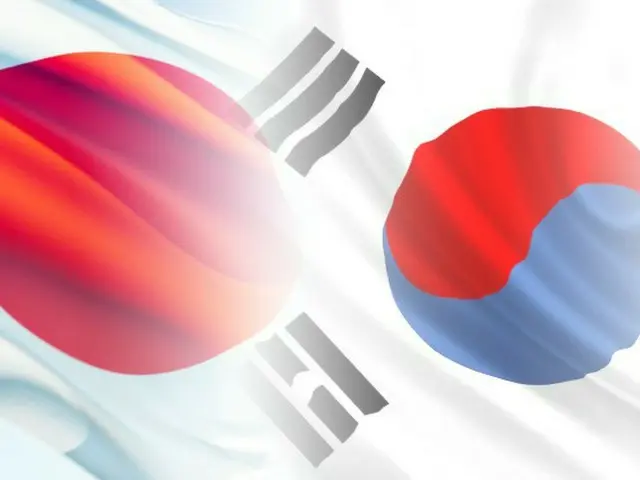This is the first time in about 30 years that South Korean media have pointed out the need to be prepared. At around 4:10 p.m. on the 1st of this month, an earthquake with a maximum seismic intensity of 7 occurred with its epicenter in the Noto Peninsula region of Ishikawa Prefecture. Recorded a seismic intensity of 7
This is the first earthquake since the 2018 Hokkaido Eastern Iburi Earthquake. It was also the largest earthquake observed in the Noto region since 1885, when records remain. Temporary major tsunami warning for Noto, various areas along the Sea of Japan coast
A tsunami warning/advisory has been issued. In cities such as Wajima and Suzu, buildings have collapsed and roads have caved in over a wide area, causing catastrophic damage. At the site, people are stranded in collapsed buildings.
Rescue operations continue. The fire damage in Wajima City is extensive. In Suzu City and Noto Town, the scars of the tsunami were seen, including many capsized fishing boats. The Japan Meteorological Agency called this earthquake “2020 Noto Peninsula
It was named "Earthquake". Immediately after the earthquake occurred, overseas media began reporting on the situation one after another. Public broadcaster KBS reported that a tsunami warning had been issued for various areas along the Sea of Japan coast. Yonhap News reports that this earthquake is the main
It is estimated to have a magnitude of 7.6, which is ``bigger than the 1995 Great Hanshin Earthquake, which had a magnitude of 7.3.'' In response to the earthquake, President Yoon Seo-gyeol announced on the 2nd that
I sent a message of sympathy to Prime Minister Yu. According to the presidential office, Yun expressed his heartfelt condolences to the victims and bereaved families of the earthquake. We also expressed our intention to provide support for the recovery of the disaster-stricken areas.
``I sincerely pray that the residents of the disaster-stricken areas can return to normal life as soon as possible,'' he said. This earthquake caused a tsunami that also reached South Korea. According to the Korea Meteorological Administration, Mukho Port in eastern Gangwon Province has the largest
A tsunami of 85 centimeters, 45 centimeters in Sokcho, Gangwon Province, and 66 centimeters in Hupomyeon, Uljin District, Gyeongsangbuk-do in the southeast. The former municipality
Residents on the shore were urged to evacuate. In addition, according to Yonhap News, North Korea's Korean Central News Agency issued a ``special tsunami warning'' for the coastal area of Hamgyeongbukto in the northeast on the 1st, and issued a special tsunami warning for the coastal area of Hamgyeongbukto in the northeast.
It was reported that a ``tsunami intermediate warning'' had been issued for each area. South Korea is known as an ``earthquake safe zone'' because there are few earthquakes and no major earthquakes have occurred in the past. Therefore, countermeasures are weak,
Even a relatively small-scale earthquake can cause significant damage and upset residents once it occurs. On November 15, 2017, a magnitude 5.4 earthquake occurred near Pohang, North Gyeongsang Province.
An earthquake occurred. Although the earthquake was equivalent to Japan's seismic intensity 4, it caused damage such as collapsed and cracked building walls, and 118 people were seriously injured. Also, scheduled for the next day
The University Scholastic Aptitude Test (equivalent to Japan's common university entrance test) was suddenly postponed by one week, causing widespread unrest among examinees. It was later determined that this earthquake was caused by the development of geothermal power generation in the area.
When the incident became clear, there was an uproar in which victims demanded compensation from the government. In December 2021, a magnitude 4.9 earthquake occurred on Jeju Island in the south. No human damage was confirmed.
However, because it was the largest earthquake that had ever occurred in Jeju, Korean media reported it as a relatively large event at the time.
This earthquake marked the first time in 31 years that a tsunami was observed in South Korea, the first since 1993. The Korean newspaper Chosun Ilbo published an editorial on the 3rd.
``Although no particular damage has been reported, we are reminded once again that South Korea is not a safe zone from earthquakes or tsunamis.'' Furthermore, the newspaper said, ``South Korea is considered relatively safe from earthquakes.
"In May 1983, an earthquake that occurred off the coast of Akita Prefecture caused a tsunami of more than 2 meters in height to hit the east coast of South Korea, killing one person and leaving two others injured." The missing person
He cited examples of harm. The newspaper also said, ``It takes an hour for a tsunami that occurred in Japan to reach the east coast of South Korea. Therefore, as long as you are well prepared, you can minimize the damage.''
``We should take this first tsunami in 31 years as an opportunity to reexamine our emergency preparedness.''
2024/01/04 15:01 KST
Copyrights(C)wowkorea.jp 5

